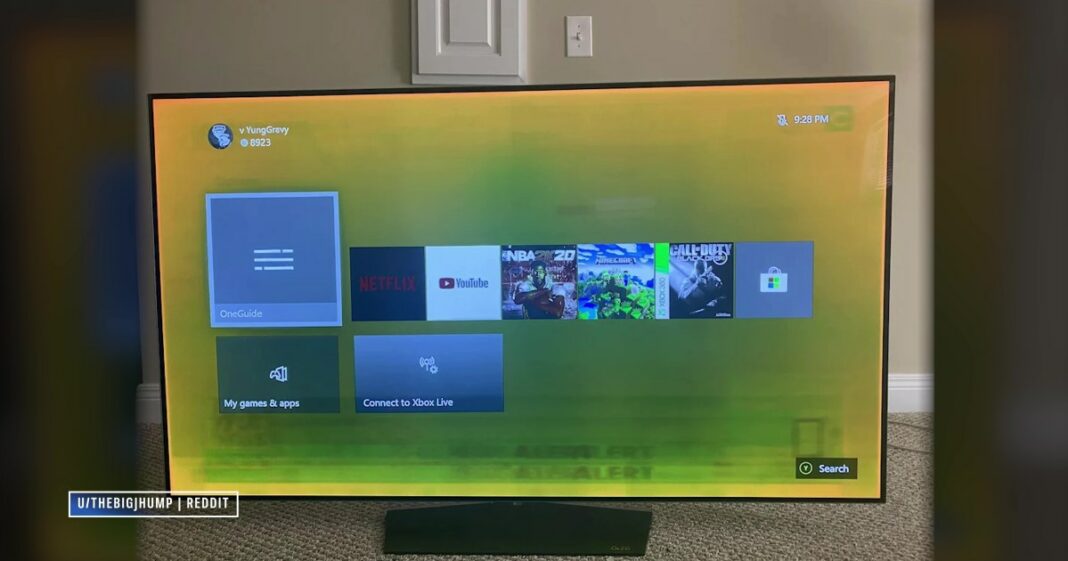This app promises to prevent OLED burn-in, but don’t fall for it
As OLED technology becomes increasingly popular in smartphones, TVs, and other devices, the issue of burn-in has become a concern for many users. Burn-in occurs when a static image is displayed on the screen for an extended period of time, causing certain pixels to degrade faster than others and resulting in a permanent discoloration or ghosting effect on the display.
To address this issue, some developers have released apps that claim to prevent OLED burn-in by automatically shifting pixels slightly over time. While these apps may sound promising, the reality is that they are unlikely to be effective in preventing burn-in and may even cause other issues with your device.
Why you shouldn’t trust burn-in prevention apps
There are several reasons why you should be skeptical of apps that claim to prevent OLED burn-in:
1. Lack of scientific evidence
While shifting pixels may theoretically reduce the risk of burn-in, there is little to no scientific evidence to support the effectiveness of these apps. OLED technology is complex, and it is unlikely that a simple app could fully prevent burn-in.
2. Potential side effects
Constantly shifting pixels on your screen could actually cause more harm than good. OLED displays are designed to operate in a certain way, and tampering with the pixel layout could lead to other issues such as reduced color accuracy or image distortion.
3. False sense of security
Relying on a burn-in prevention app could give you a false sense of security and lead you to neglect other important measures that can actually help prevent burn-in, such as adjusting screen brightness and using screen savers.
How to prevent OLED burn-in
While burn-in prevention apps may not be the solution, there are several steps you can take to reduce the risk of burn-in on your OLED device:
1. Use screen savers
Set your device to automatically activate a screen saver when it is idle for an extended period of time. This will prevent static images from being displayed for too long and reduce the risk of burn-in.
2. Adjust brightness settings
Reduce the brightness of your display when possible, especially when viewing static images or using your device for long periods of time. Lowering the brightness can help extend the lifespan of your OLED screen.
3. Avoid static content
Avoid displaying static images or logos on your screen for extended periods of time. If you need to display static content, consider periodically moving or resizing the image to prevent burn-in.
Conclusion
While the idea of a burn-in prevention app may sound appealing, the reality is that these apps are unlikely to be effective in preventing OLED burn-in. It is always best to follow manufacturer recommendations and take proactive steps to protect your device from burn-in, such as using screen savers and adjusting brightness settings.
FAQs
Are OLED burn-in prevention apps safe to use?
There is no conclusive evidence to suggest that burn-in prevention apps are harmful to your device, but their effectiveness in preventing burn-in is questionable.
Can OLED burn-in be fixed once it occurs?
Unfortunately, burn-in on OLED displays is typically permanent and cannot be fully repaired. It is important to take preventive measures to avoid burn-in in the first place.
What are the signs of OLED burn-in?
Signs of burn-in on OLED displays include ghosting or discoloration of certain areas of the screen, particularly after prolonged exposure to static images.




